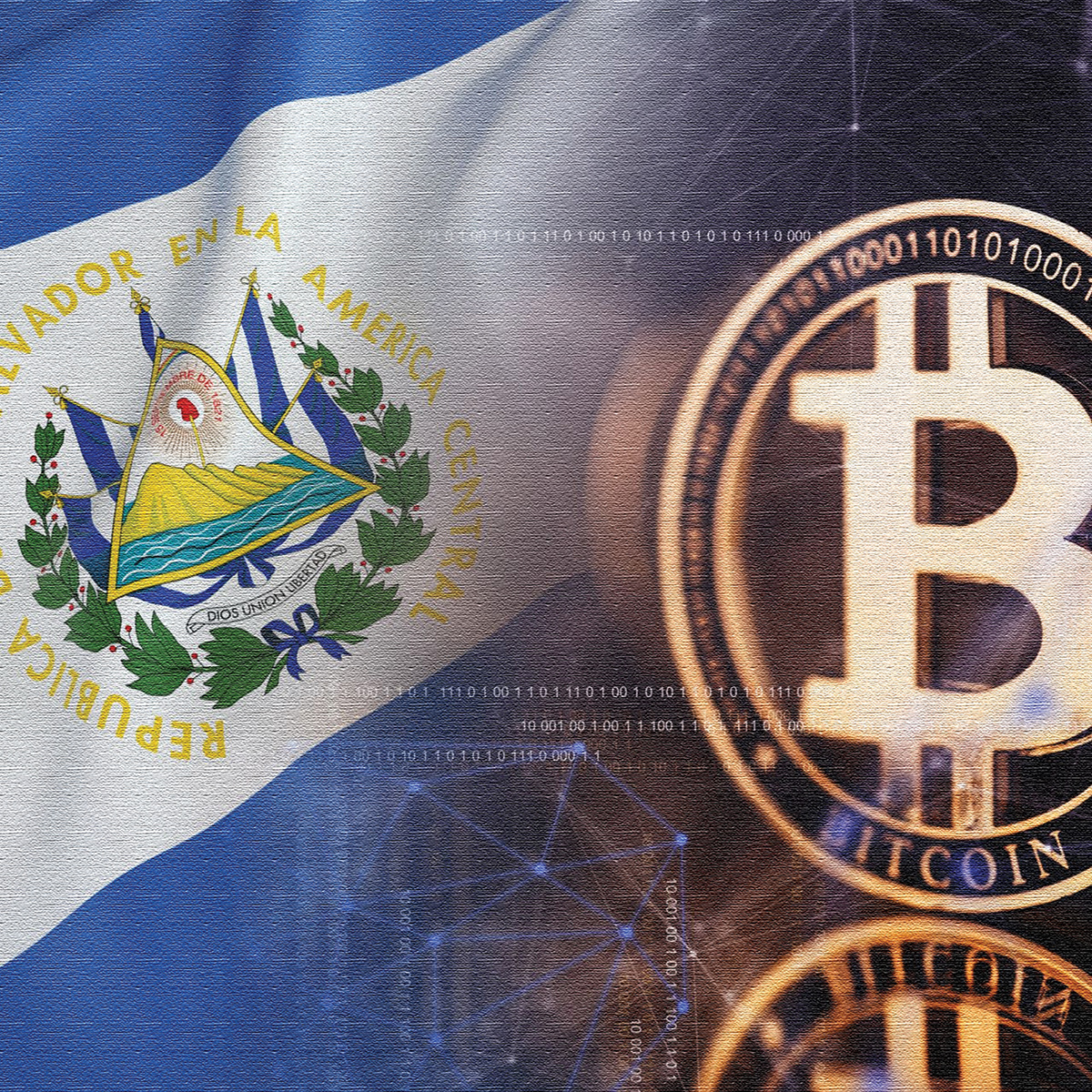
Last month El Salvador, a small Central American nation, made history when it became the first country in the world to officially adopt Bitcoin as legal tender alongside the US dollar, its de-facto currency. In doing so it chose a monetary path diametrically opposed to the mainstream world that largely demonises cryptocurrency as an alternative to fiat money. To appreciate why the El Salvador experiment is so momentous, it might help to reflect upon how the US dollar – paper money which holds no intrinsic value – rose to global predominance; what the underlying inadequacies of this arrangement are; and how unintended consequences and abuse have fuelled a global desire for change. The story takes us back 50 years to August 1971 when US President Richard Nixon unilaterally pulled the US dollar off the gold standard, effectively delinking it from the Bretton Woods System – a global order negotiated after World War II to govern monetary relations between nations. Gold was at the heart of determining the worth of money and ensuring exchange rate stability. The US held nearly two-thirds of the world’s gold reserves immediately after the war. Most of it was accumulated in payment for combat supplies to the Allied forces. The US leveraged this hoard of gold over the following years for the post-war reconstruction of Europe and Japan. As part of the deal, the war-torn economies – which had depleted their own gold reserves – agreed to peg their currencies in a fixed exchange regime to the US dollar which in turn would be linked to gold.
In return, the US promised to redeem dollars for gold, on demand and at a fixed price. The resulting appetite for US Treasury securities thus powered the rise of the US dollar as the world’s reserve currency. By the late 1960s, the post-war economies of Europe and Japan were booming once again. The US, meanwhile, was borrowing heavily to finance its ambitious social spending, its war in Vietnam, as well as to service debts as old as the 1929-1939 Great Depression. To shore up its liabilities it flooded the market with fiat paper money. But as concerns over the stability of the dollar mounted, Europe and Japan demanded gold in exchange for their burgeoning dollar reserves – almost all at once – and Nixon saw little choice but to abandon the Bretton Woods System altogether. And thus began the era of the floating exchange regime. Some historians believe that the surprise US move on August 15, 1971, dubbed the ‘Nixon Shock’, was intended as a temporary measure. In fact, Nixon’s problems were far greater: for the first time ever, the US economy was experiencing a period of ‘stagflation’ – i.e., slow growth + high unemployment + inflation – and no one seemed quite sure what to do about it. Other commentators from the time suggest that ‘neo-feudals’ in the US military and banking establishment persuaded Nixon to redirect his focus instead on building up an almighty global reserve currency that would allow the US to borrow cheaply, run up trillions of dollars in perpetual debt against the promise of future public consumption, ‘export’ US inflation abroad and when‘weaponised’, fortify US military domination of the world. And thus, what was intended as temporary soon passed into permanence. Today, nearly two-thirds of all currency reserves and close to half of the world’s debt is denominated in US dollars. But 50 years on, clearly the world continues to bear the brunt of Nixon’s judgement. Today, the US can commandeer the global financial system at will and arm-twist banks into refusing to honour any number of transactions – likelier than not denominated in US dollars – because one or both parties are on some US sanctions list for whatever reason. But it is not like all Americans have lived happily ever after either. In the hyper-financialised economy that the US has since become, this system now benefits only a small minority of Americans who hold securitised assets. For example, the Brookings Institute, a US public policy outfit, estimates that 1% of the wealthiest Americans now own more wealth than the entire US middle-class. And while the share of middle-class wealth has declined steadily since 1995, another joint study by economists at the University of California, Berkley and the London School of Economics reveals that only a tinier fraction – the top 0.01% – has quadrupled its wealth over the last 50 years. In contrast, during the height of the Covid pandemic last year, the US Federal Reserve reported that 40% of Americans are so illiquid that they would be hard pressed to put up $400 for an emergency expense without having to resort to some form of debt. Another study revealed that six in every 10 Americans do not have enough saved to cover three months of expenses. Every example explains why the clamour for change is loudest in the US, especially among the working middle-class that feels short-changed and worse still, sees little or no shot at catching up. Put another way, Americans are increasingly outraged with a polity wherein the likes of Jeff Bezos and Mark Zuckerberg pay less in federal taxes as a percentage of their income than their chauffeurs.
Although labelled digital currency, to be sure, Bitcoin and other cryptos are not bona fide currency – at least not yet. They still do not fully meet the functions of a medium of exchange, a store of value and a unit of account. Notwithstanding the allure of its promise, cryptocurrencies still have a number of serious downsides that need overcoming. Not surprisingly, Bitcoin has been pronounced ‘dead’ at least 430 times since late 2010, according to 99Bitcoins, a website that tracks such obituaries. Yet it keeps springing back to life. And given crypto’s resilience and growing popularity among high profile investors, legacy monetary authorities cannot simply wish them away. Meanwhile, fearing disruptions to the existing financial architecture and the loss of control, central banks around the world are also exploring ways to enter the cryptocurrency eco-system. The Bank of International Settlements, the bank of central banks, says it is already testing the use of Central Bank Digital Currencies (CBDCs) with a number of countries with the objective of developing prototypes for a shared platform. Nonetheless, from what is emerging, CBDCs, too have their share of shortcomings. But back to the El Salvador experiment. By way of comparisons, El Salvador is about one-seventh the size of Nepal in land area, one-quarter the size in population and about half in economic size measured in terms of Gross National Income by Purchasing Power Parity (GNI-PPP). Yet we share some remarkable similarities. We both have endured chronic political and economic instability, foreign intervention, social exclusion and the prejudices of a preponderant state religion. We both suffered civil wars in our recent past and negotiated a constitutional republic as part of our peace deals. El Salvador’s currency is pegged to the US dollar. Ours is to the Indian rupee. Most striking, however, is that foreign remittances constitute over 25% of our gross domestic product (GDP), among the highest in the world. In fact, a primary reason why El Salvador chose to adopt Bitcoin as legal tender is to bypass intermediaries of the likes of Western Union who often charge extortionate transaction fees. The country expects to save at least $1 billion during the first year alone. And before the end of September, half of all El Salvadorians had already acquired Bitcoin wallets. While crypto-critics like to point out that blockchain mining is heavily energy intensive and thus climate unfriendly and unviable, El Salvador appears intent on proving that there are practical ways around this problem. Like Nepal, El Salvador is richly endowed with what energy specialists call ‘stranded’ energy.
If ours takes the form of renewable hydropower from the great Himalayan rivers, in El Salvador it takes the form of geo-thermal energy from its active volcanoes. Enough for the similarities. The one big difference: El Salvador is led by a millennial President, the 40-year-young Nayib Bukele, a successful entrepreneur-turned-politician whose ruling ‘New Ideas’ party appears hell bent on innovating the county out of economic injustice and inequality, even if it entails going against the grain. Ironically, during the same week that El Salvador legalised Bitcoin, our central bank’s nanny instincts shot several notches up as it declared cryptocurrencies contraband and all associated activities criminal – effectively locking Nepali participation out of a $2 trillion market growing by leaps and bounds. I leave it to you to complete the picture.


